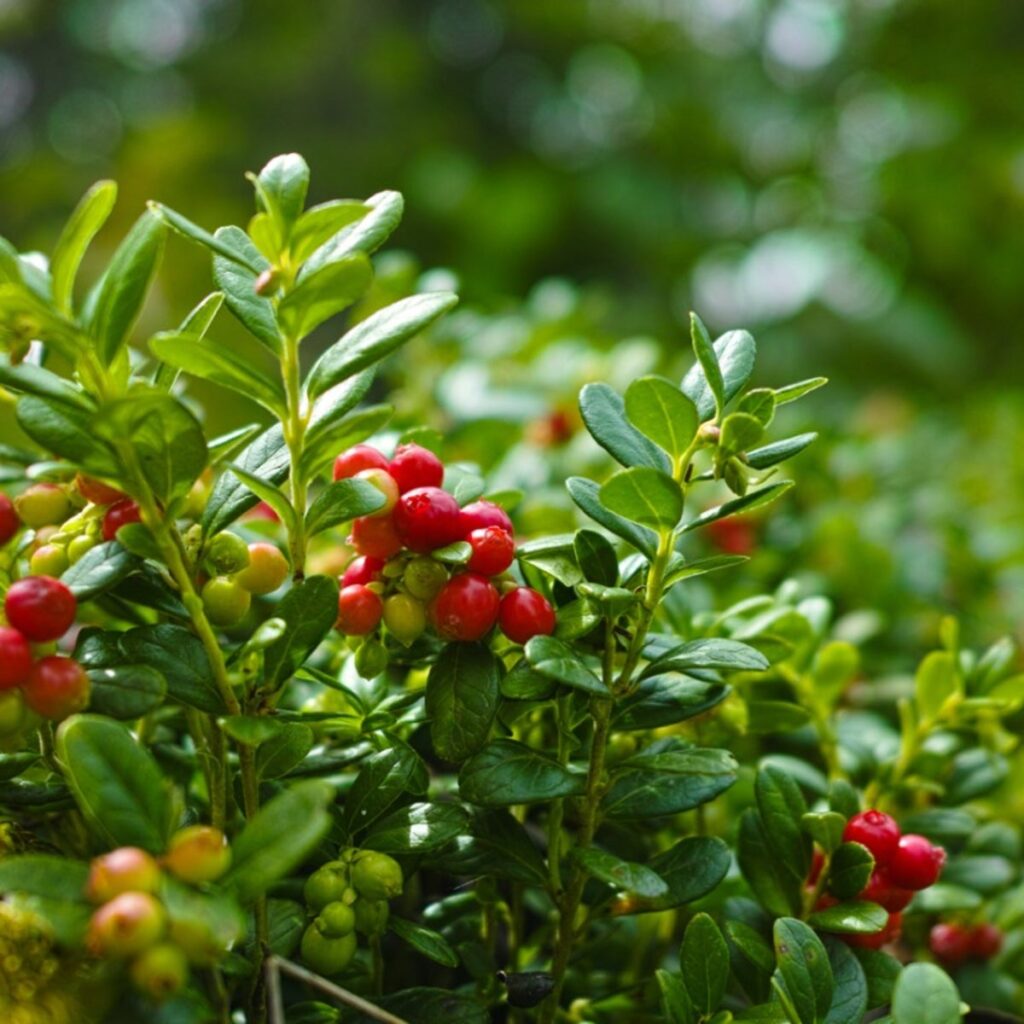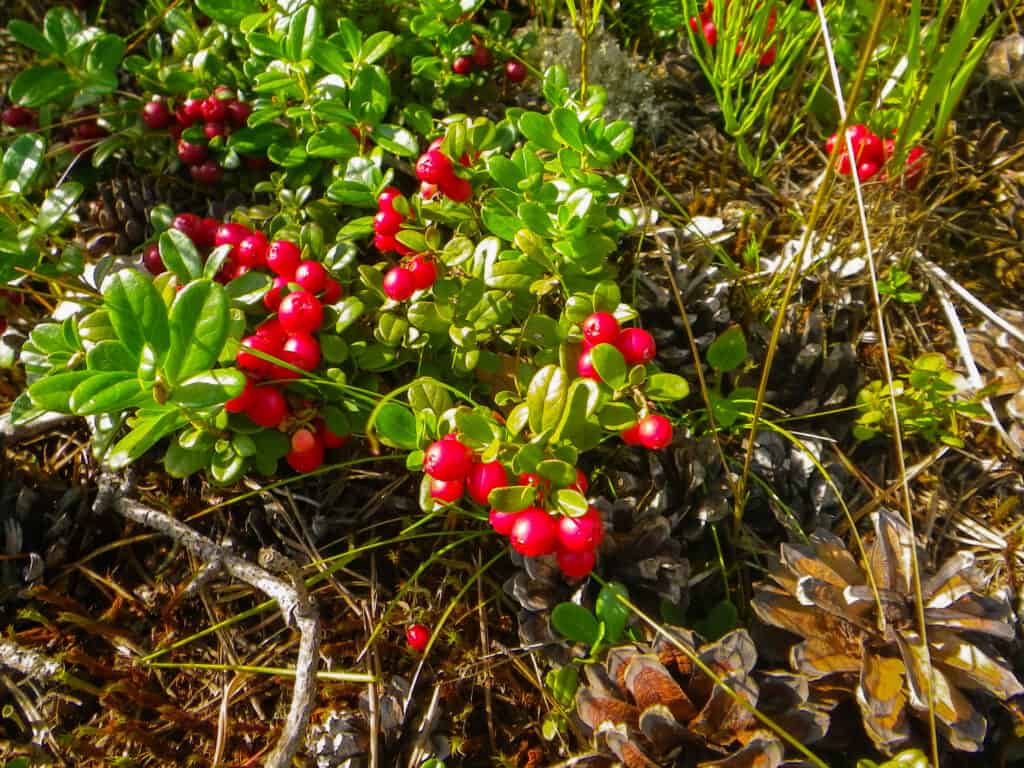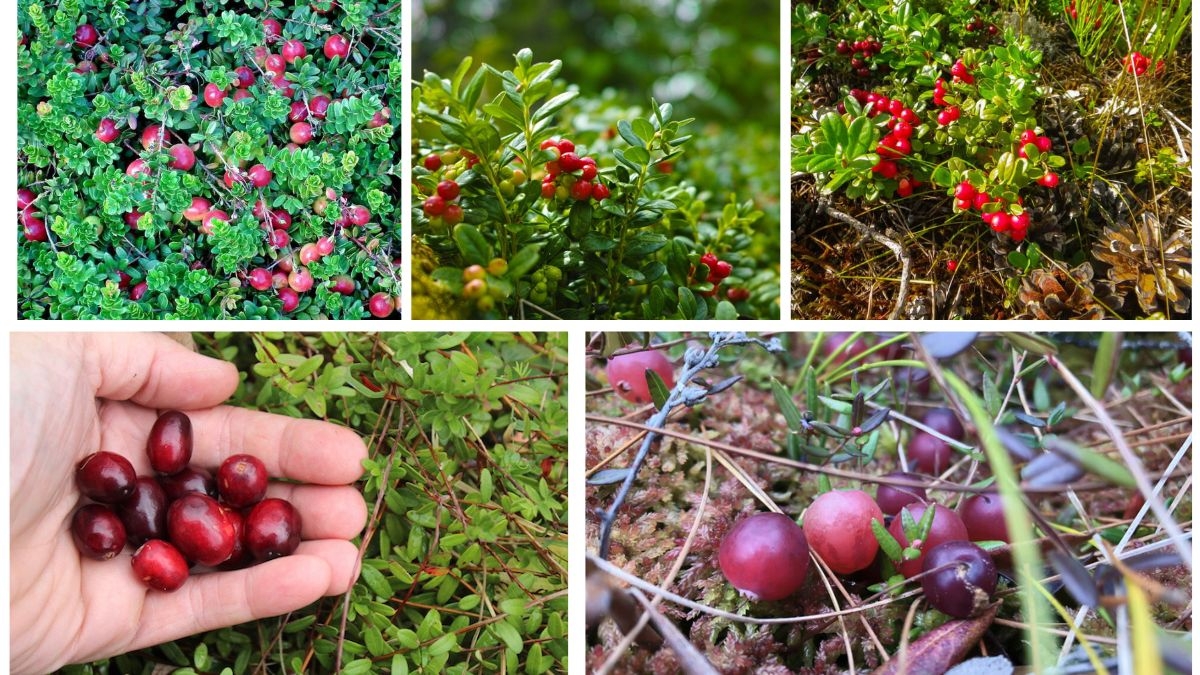Cranberries are vibrant red berries that are both nutritious and versatile. Packed with antioxidants, vitamin C, and dietary fiber, they’re a wonderful addition to any diet and can be used for juices, sauces, jams, or dried snacks. While cranberries are often associated with vast bogs in places like Massachusetts and Wisconsin, the good news is that you don’t need acres of marshland to grow them at home. With the right conditions and care, you can cultivate cranberry plants in your garden, raised beds, or even large containers, and enjoy your very own harvest.
This complete guide will walk you through everything you need to know about growing cranberries successfully—from planting and soil preparation to ongoing care and harvesting.
Understanding Cranberry Plants

Before planting, it’s important to understand the plant’s natural environment. Cranberries (Vaccinium macrocarpon) are low-growing, perennial plants native to North America. They spread by runners (horizontal stems) that root into the soil and produce upright shoots, which bear flowers and eventually berries.
Cranberries thrive in acidic, sandy, and well-draining soils. Unlike many fruits, they don’t grow in water. Instead, commercial growers flood fields to make harvesting easier and to protect plants from frost or pests. At home, you won’t need a bog; you just need the right soil and moisture balance.
Choosing the Right Location

Cranberries need full sun to produce abundant fruit. Choose a location in your garden that receives at least 6–8 hours of direct sunlight daily. Since they require acidic soil, avoid planting in areas with alkaline or clay-heavy soils unless you are prepared to amend them significantly.
If your soil isn’t naturally suitable, growing cranberries in raised beds or containers is a practical option. This allows you to control soil composition and moisture levels more easily.
Soil Preparation

Cranberries require soil with a pH between 4.0 and 5.5. You can test your soil using a pH testing kit and amend it accordingly:
- For acidic conditions: Mix in peat moss, pine needles, or sulfur to lower pH.
- For drainage: Incorporate sand into the soil to mimic the natural sandy environment of cranberry bogs.
- For nutrients: Add organic matter such as compost, but avoid heavy fertilizers. Cranberries prefer lean soils and too much nitrogen can harm them.
If planting in containers, a good mix is equal parts peat moss and sand, which creates the acidic, well-drained conditions cranberries love.
Planting Cranberries

Timing
The best time to plant cranberries is in spring, after the last frost has passed.
Planting Method
- Prepare the bed: Till the soil and mix in peat moss and sand.
- Spacing: Place cranberry plants about 2 feet apart, as they will spread over time.
- Plant depth: Dig shallow holes so the root ball is just covered with soil. Don’t bury them too deep.
- Watering: Water thoroughly after planting to help the plants establish.
Caring for Cranberry Plants

Cranberry plants are relatively low-maintenance once established, but they require consistent care to thrive.
1. Watering
Cranberries love moisture but dislike soggy roots. Keep the soil consistently damp, especially during the first year. A drip irrigation system or regular watering ensures steady moisture levels. In hot climates, frequent watering may be necessary to prevent the soil from drying out.
2. Mulching
Cranberries benefit from mulching with sand or pine needles. A thin layer of sand applied every year helps suppress weeds, encourages new root growth, and maintains soil acidity. Mulching also protects the shallow root system.
3. Fertilizing
Cranberries don’t need heavy feeding. Use a light application of fertilizer high in phosphorus and potassium but low in nitrogen. Too much nitrogen promotes leafy growth instead of fruiting. Fertilize in spring and early summer, but avoid late-season feeding as it can affect winter hardiness.
4. Pruning
Pruning helps control growth and promotes fruit production. Trim back excess runners that spread beyond your planting area and focus on maintaining upright shoots. Upright shoots are where flowers and berries form, so encourage their growth by thinning overcrowded runners.
5. Pest and Disease Management
Cranberries can be affected by pests like cranberry fruitworms, weevils, and fungal diseases such as root rot. To prevent issues:
- Maintain proper spacing for air circulation.
- Avoid overwatering.
- Use organic insecticidal soap if pests appear.
- Rotate sand mulch yearly to disrupt pest cycles.
Pollination and Flowering
Cranberry plants bloom in late spring to early summer, producing small pink flowers. Pollination is essential for fruit set, and while cranberries are self-pollinating, bees and other pollinators improve yields. Encourage pollinators by planting nearby flowers and avoiding harmful pesticides.
Harvesting Cranberries
Patience is key when growing cranberries. Plants usually take 2–3 years before producing a significant harvest.
Signs of Readiness
- Berries turn a deep red color in late September to October.
- They feel firm to the touch.
- A simple test: If a cranberry bounces when dropped, it’s ripe!
Harvesting Method
At home, cranberries are handpicked rather than flooded and collected as in commercial bogs. Simply pluck the ripe berries from the plants. Handle them carefully to avoid bruising.
Storing and Using Cranberries
Fresh cranberries can be stored in the refrigerator for up to two months. For long-term storage, you can:
- Freeze: Wash, dry, and freeze whole berries.
- Dry: Make homemade dried cranberries using a dehydrator or oven.
- Preserve: Turn them into jams, jellies, or cranberry sauce.
Cranberries are incredibly versatile in the kitchen, perfect for baked goods, salads, drinks, and festive holiday recipes.
Growing Cranberries in Containers
If you don’t have a large garden space, you can grow cranberries in large pots or raised beds.
- Use a wide, shallow container (at least 12 inches deep).
- Fill with a mix of peat moss and sand.
- Keep the soil consistently moist.
- Fertilize lightly and prune regularly to control growth.
This method works especially well in urban gardens or patios, allowing you to enjoy cranberry plants even in small spaces.
Overwintering Cranberries
Cranberries are cold-hardy plants, but young plants may need protection during harsh winters. Apply a thick layer of sand or mulch in late fall to insulate the roots. In very cold regions, covering plants with a frost blanket adds extra protection.
Benefits of Growing Cranberries at Home
- Fresh supply: Enjoy homegrown, chemical-free berries.
- Nutritional value: High in antioxidants, vitamin C, and dietary fiber.
- Attractive plant: With evergreen leaves and red berries, cranberry plants are both edible and ornamental.
- Eco-friendly: Supports pollinators and biodiversity in your garden.
Final Thoughts
Growing cranberries at home is both rewarding and fun. While they may have a reputation for being bog-grown crops, with the right soil, moisture, and care, cranberries can thrive in backyard gardens, raised beds, or containers. They require patience—taking a few years to produce substantial harvests—but the reward is worth it. Not only will you enjoy fresh, tart berries for your fall recipes, but you’ll also cultivate a unique and attractive plant that adds charm to your garden.
By preparing the soil, maintaining proper watering, pruning, and encouraging pollinators, you can ensure a bountiful harvest year after year. Whether you want to make homemade cranberry sauce, bake festive treats, or simply enjoy the health benefits of fresh berries, growing cranberries at home is an exciting and sustainable gardening project.






Leave A Comment